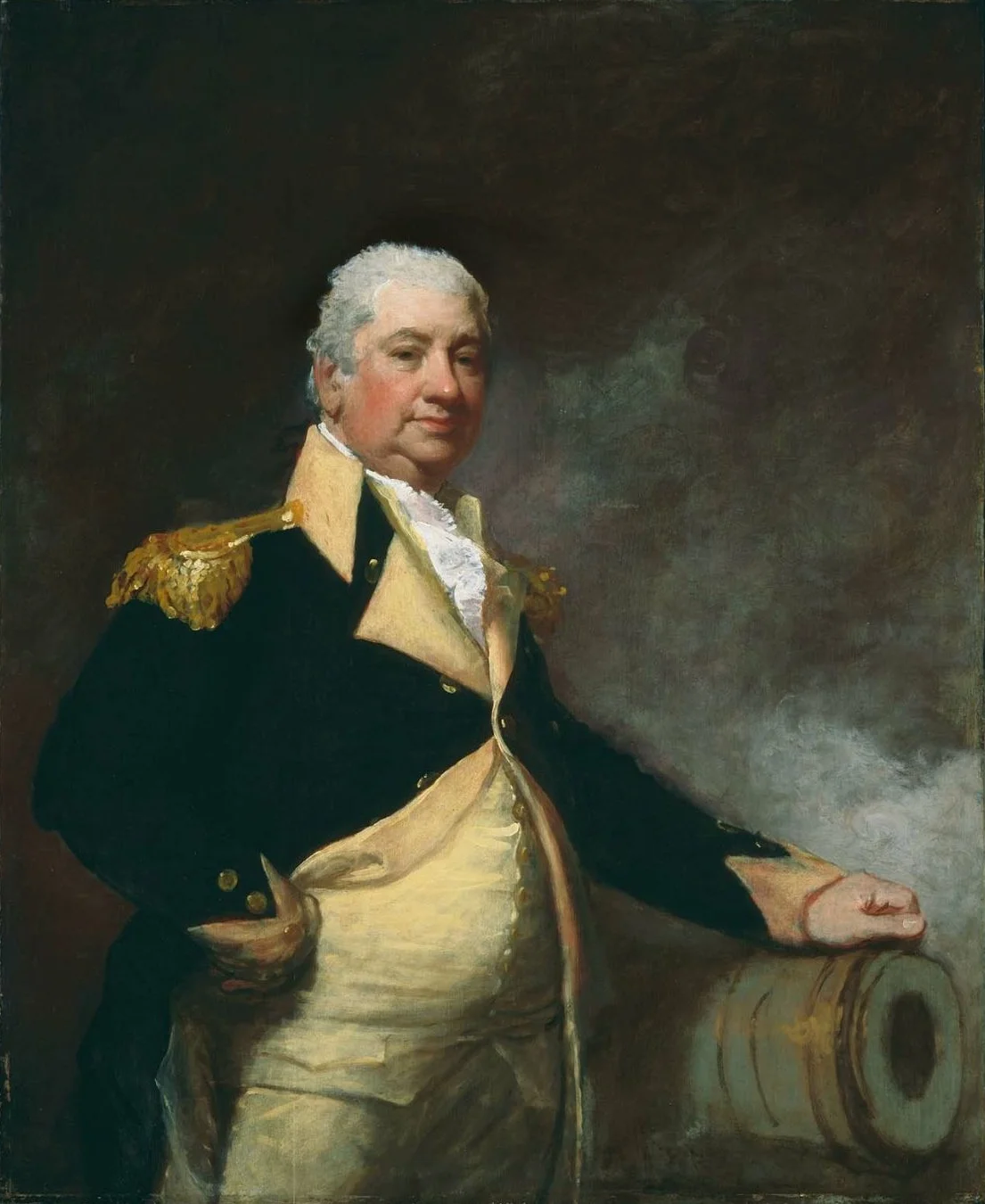Benjamin Lincoln Accepts The British Surrender
Benjamin Lincoln served through the entirety of the American Revolution.
Lincoln became a Major General, was present for three different surrenders (two British, one American), and became the first US Secretary of War.
Lincoln’s most notable moment, however, was when Washington asked him to accept the sword of surrender from the British after the Battle of Yorktown.
Benjamin Lincoln
Born of a wealthy family just outside Boston, Massachusetts, Benjamin Lincoln took to public service at an early age.
By the time he was 21, Lincoln was sheriff of his town. He also joined the local militia where he worked as an adjutant, gaining the knowledge he would later need in the administration of a military.
Over the years, Benjamin held increasingly important political offices. By the outbreak of the American Revolution, he was already a member of the Massachusetts Provincial Congress as well as a member of the Executive Council.
Major General
Lincoln was responsible for arming and supplying the Massachusetts Militia in the early days of the Revolution. He gained the respect of his colleagues and was selected as a Major General in the State Militia.
Despite having no experience in the field, the Continental Congress followed suite by naming Lincoln as a Major General in the Continental Army (albeit the Major General with the least seniority).
The Southern Department
Benjamin was present for the Battle of Saratoga. His responsibility was holding the Hudson River and therefore his men saw little part of the fighting.
Lincoln was then named as Commander of the Southern Department. He led a failed attempt to capture Savannah from the British before retreating to Charlestown, South Carolina.
General Lincoln requested South Carolina arm slaves to assist with the defense of the city, but this was rejected. Soon, the British invaded and Benjamin was forced to surrender. It was one of the worst American defeats of the war.
During his capture, the Southern Department was placed under the command of Nathanael Greene who would do much to help the Continentals win the war.
Lincoln was released after six months of captivity and rejoined the Continental Army.
The Surrender at Yorktown
The following year, Lincoln was with George Washington during the Siege of Yorktown.
Due to his experience with a long siege (albeit on the losing side), Lincoln was tasked with leading a large segment of the Army in constructing fortifications around the British. This was done, and General Cornwallis knew his only option was surrender.
Cornwallis, the British commander, claimed to be sick and therefore did not march out with his men for the surrender, instead instructing his second in command to hand over his sword.
This made Washington furious and he refused to treat with an inferior officer.
Instead, Washington selected Benjamin Lincoln to receive the surrender.
When Lincoln took the British sword, the war had been won.
Secretary of War
After the surrender at Yorktown, Lincoln was chosen by the Continental Congress as the first Secretary of War. During this time, he oversaw the decommissioning of the Continental Army and helped resolve the pay crisis which led to the Newburg Conspiracy.
After returning to Massachusetts, Lincoln led the militia which suppressed Shay’s Rebellion. Because of this incident, Benjamin was a strong supporter of the new United States Constitution which he voted for in his State’s Ratifying Convention.
Lincoln was elected as Lieutenant Governor of Massachusetts for one term before being appointed as tax collector for the Port of Boston. He would hold this politically influential position for over twenty years before he retired to his farm.
If you enjoyed this story about the final days of the American Revolution, I’m sure you’ll like our articles about Tench Tilghman and Nathaniel Scudder.
To receive a new Founder every day directly to your inbox, please subscribe to my email list.
To learn more about the subject of this article, you might want to pick up a copy of ‘Benjamin Lincoln and the American Revolution’ from the affiliate link below.






